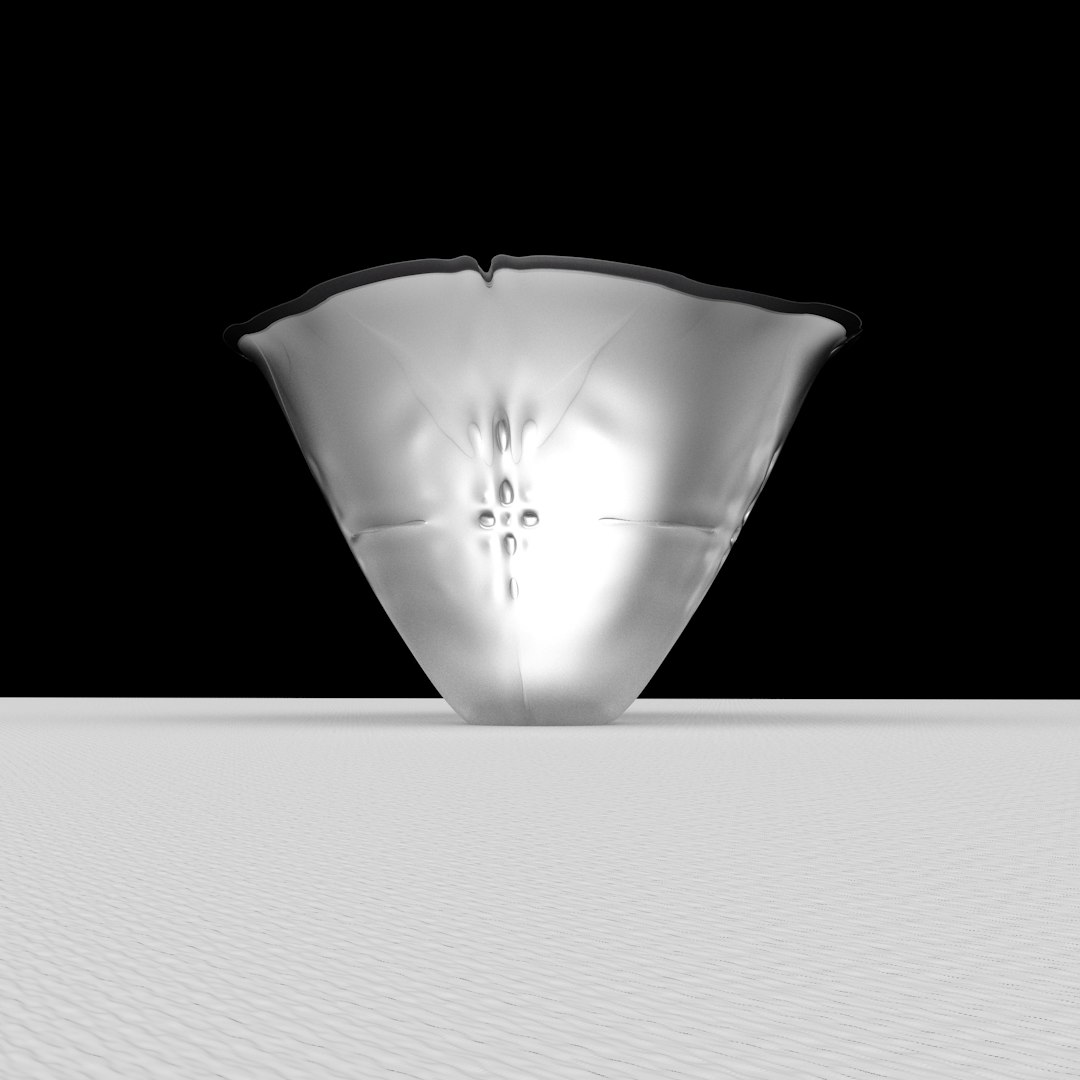In today’s digital landscape, where attention spans are shrinking rapidly, the ability to inspire action quickly and effectively is more valuable than ever. At the heart of successful digital marketing, user experience design, and sales funnels are high-signal Calls to Action (CTAs). These elements guide users toward desired outcomes — whether that’s signing up for a trial, making a purchase, or requesting a quote. However, not all CTAs carry equal weight. To truly optimize user engagement and conversion, the key lies in reducing choice and increasing clarity. This article explores why minimizing choice in CTAs can maximize user action, and how to strategically design CTAs that drive results.
The Psychology Behind Decision Making
Behavioral science clearly indicates that offering too many options can lead to decision paralysis. This phenomenon, often referred to as the “Paradox of Choice,” shows that the more options people are given, the harder it becomes for them to make a decision — sometimes leading them to make no decision at all.
For example, a well-known study from Columbia University found that when consumers were presented with 24 varieties of jam, they were one-tenth as likely to buy as those presented with just six options. The takeaway: clarity trumps abundance. Too many choices can result in a cognitive overload, causing users to abandon the process entirely.
When it comes to CTAs, the same rule applies. A page cluttered with multiple buttons saying “Learn More,” “Try for Free,” “Get Pricing,” and “Contact Us” dilutes the signal. Users end up confused about what the primary action should be, and often, they take no action at all.

What Makes a CTA High-Signal?
A high-signal CTA is one that communicates a clear, singular action. It stands out visually and contextually, creating a psychological anchor for user attention. High-signal CTAs are not just about aesthetics; they are about functional and psychological clarity. Here’s what defines them:
- Singularity: Only one main goal per page or experience. Avoid competing CTAs.
- Urgency: Powerful words like “Now,” “Today,” or “Only Until Midnight” encourage immediate action.
- Clarity: Explicitly tells the user what they will get or what will happen next.
- Relevance: Aligned to where the user is in the customer journey.
Compare the two CTAs below:
- “Click Here” — Offers no context or motivation.
- “Start My Free 14-Day Trial” — Clear outcome, relevant to user’s interest.
The difference is stark. The latter is a high-signal CTA because it reduces ambiguity and increases motivation.
Reducing Choice: The Path to Simplicity
Many websites and digital platforms tend to fall into the trap of offering multiple CTAs, believing that more options equate to better user empowerment. In reality, this approach often leads to diminished results.
Here are ways to reduce choice effectively:
1. Identify the Primary Objective
Each page should serve a specific purpose. Ask yourself: What is the single most valuable action a user can take here? Once identified, build the design and copy around that core CTA. Everything else should be deprioritized.
2. Tier Secondary CTAs
If you must include additional CTAs (e.g., “Learn More” or “Explore Features”), make them visually and contextually secondary. This can be achieved with:
- Smaller font sizes
- Less vibrant colors
- Placement below the primary CTA
This hierarchical approach provides options without compromising the primary signal.
3. Limit Choices Across the Funnel
Don’t just reduce choice at the CTA level. Apply the same principle across your entire customer funnel. From homepage to checkout, maintain momentum through one clear path. Every step of the journey should have a focused goal.

Designing CTAs That Convert
Reducing choice is only part of the process. High-signal CTAs must also be highly optimized in terms of language, placement, and aesthetics. Here are some proven design strategies for CTAs that drive conversion:
Color and Contrast
Your CTA button should stand out from the rest of the page without clashing with the overall design. Use vibrant, brand-consistent colors and make use of whitespace to draw attention naturally.
Action-Oriented Language
Avoid vague phrases. Instead, opt for assertive, benefit-focused phrasing. Examples include:
- “Download the Guide”
- “Book My Free Consultation”
- “Get Instant Access”
Using words like “my” personalizes the experience, increasing user identification with the action.
Strategic Placement
Location matters. Place your primary CTA:
- Above the fold for immediate visibility
- After key messaging for contextual relevance
- Repeated across long-form content for reinforcement
Use of Visual Cues
Arrows, borders, or animations can direct the user’s attention toward the CTA. Use these sparingly but intentionally to maintain clarity without creating clutter.
Examples from High-Performing Brands
Top digital brands consistently apply these principles. Consider these examples:
- Dropbox: Uses one clear CTA — “Sign up for free” — in bold, blue color against a white background, minimizing alternatives.
- Grammarly: Keeps its landing page laser-focused with a single green CTA — “Get Grammarly It’s Free.” The choice is obvious and compelling.
- Spotify: Focuses on premium conversions with a prominent “Get Premium” CTA, while the free option is visually secondary.
Testing and Iteration
No matter how well-designed your CTAs are, continuous A/B testing is necessary to refine them. Variables to test include:
- Button color
- CTA wording
- Placement of the CTA
- Use of personalization
Tools like Google Optimize, Optimizely, or VWO can provide rich insights into what resonates best with your audience. What works for one niche may not work for another, so never treat CTA design as set-and-forget.
The ROI of High-Signal CTAs
When you reduce choice and increase clarity, users feel confident in what the next step should be. This confidence directly translates to more clicks, sign-ups, and sales. In measurable terms, businesses that streamline their CTA strategy consistently report improvements in:
- Conversion rates
- Bounce rates
- Time-on-page and engagement
- Lead quality and customer acquisition cost
A study by HubSpot found that simpler landing pages—those with a singular CTA—converted up to 56% better than more complex alternatives.
Conclusion
In a world overrun with noise and distraction, clarity is the ultimate competitive advantage. High-signal CTAs are not just about persuasive copy or eye-catching buttons; they represent a deeper commitment to a user-centric experience. By reducing choice and focusing attention on one clear action, you eliminate friction and drive meaningful engagement.
If your current strategy offers multiple directions, consider what could happen if you eliminated the noise. Guide your users, don’t overwhelm them. Their attention is precious — make sure your CTAs respect that.